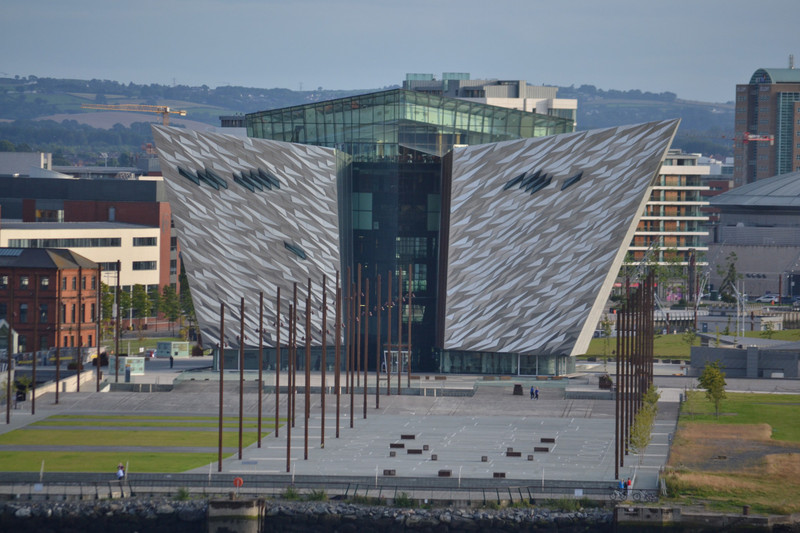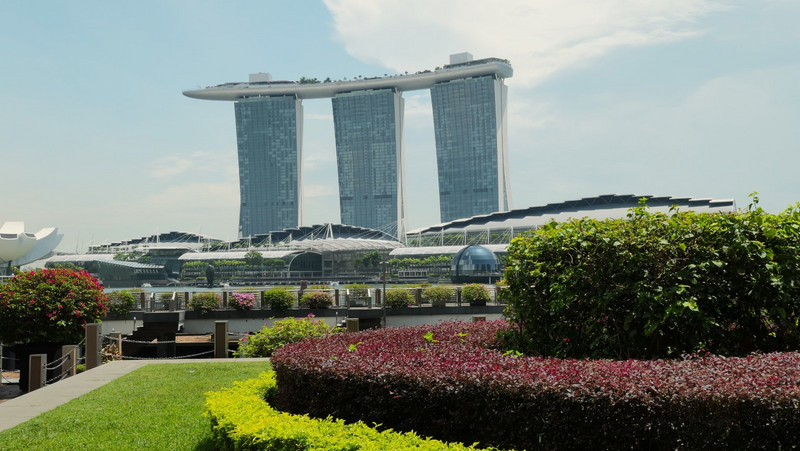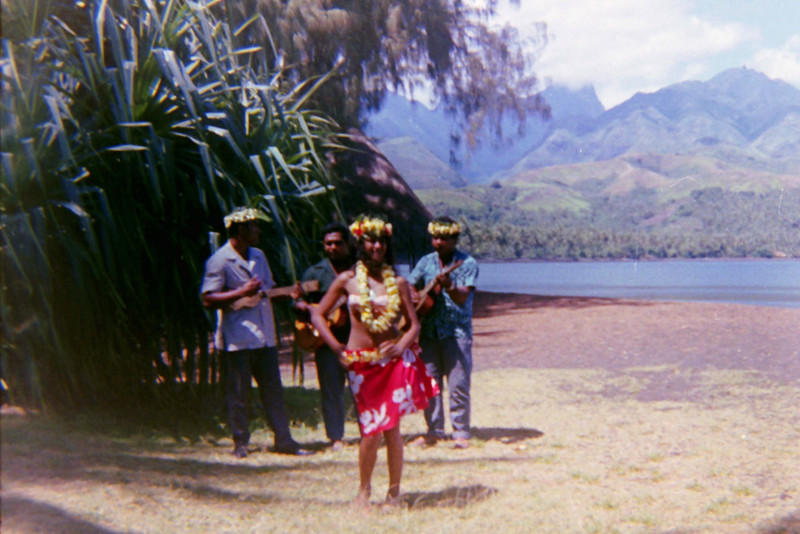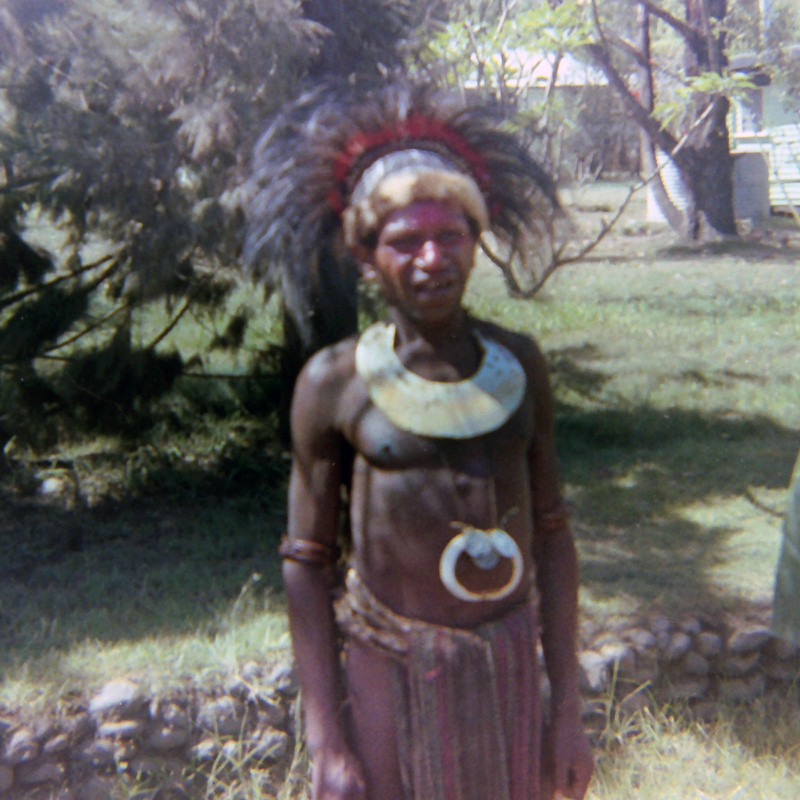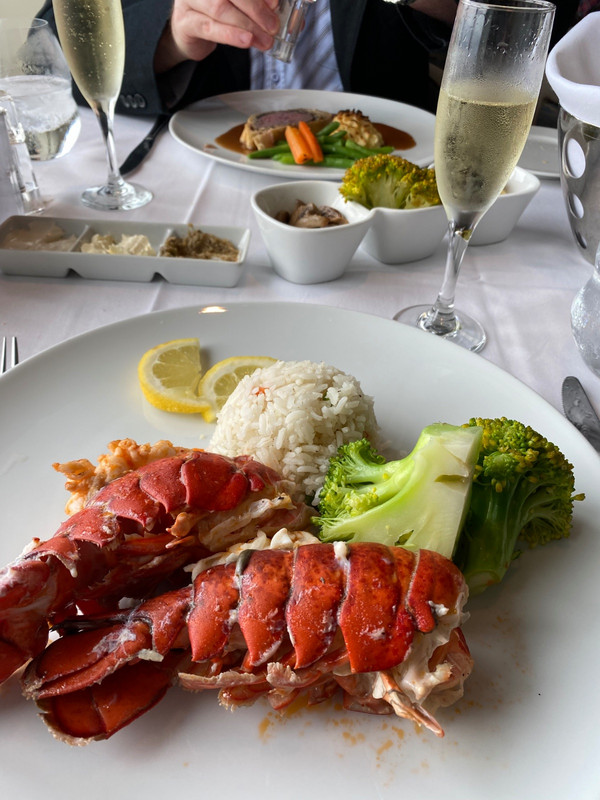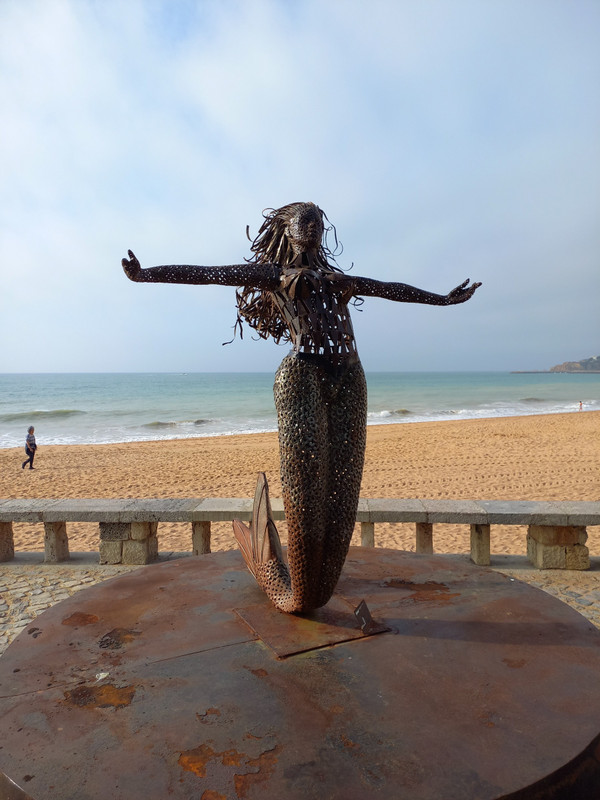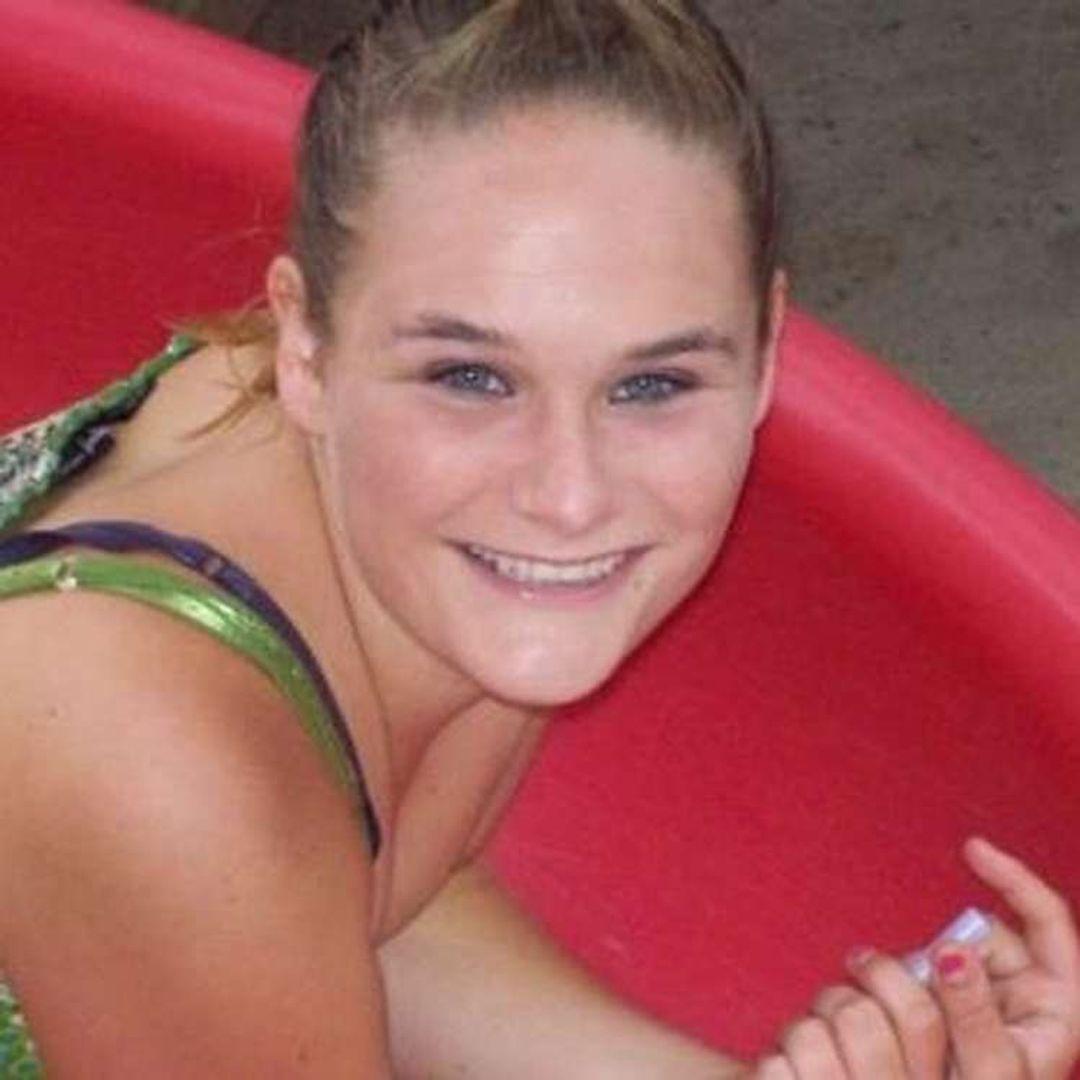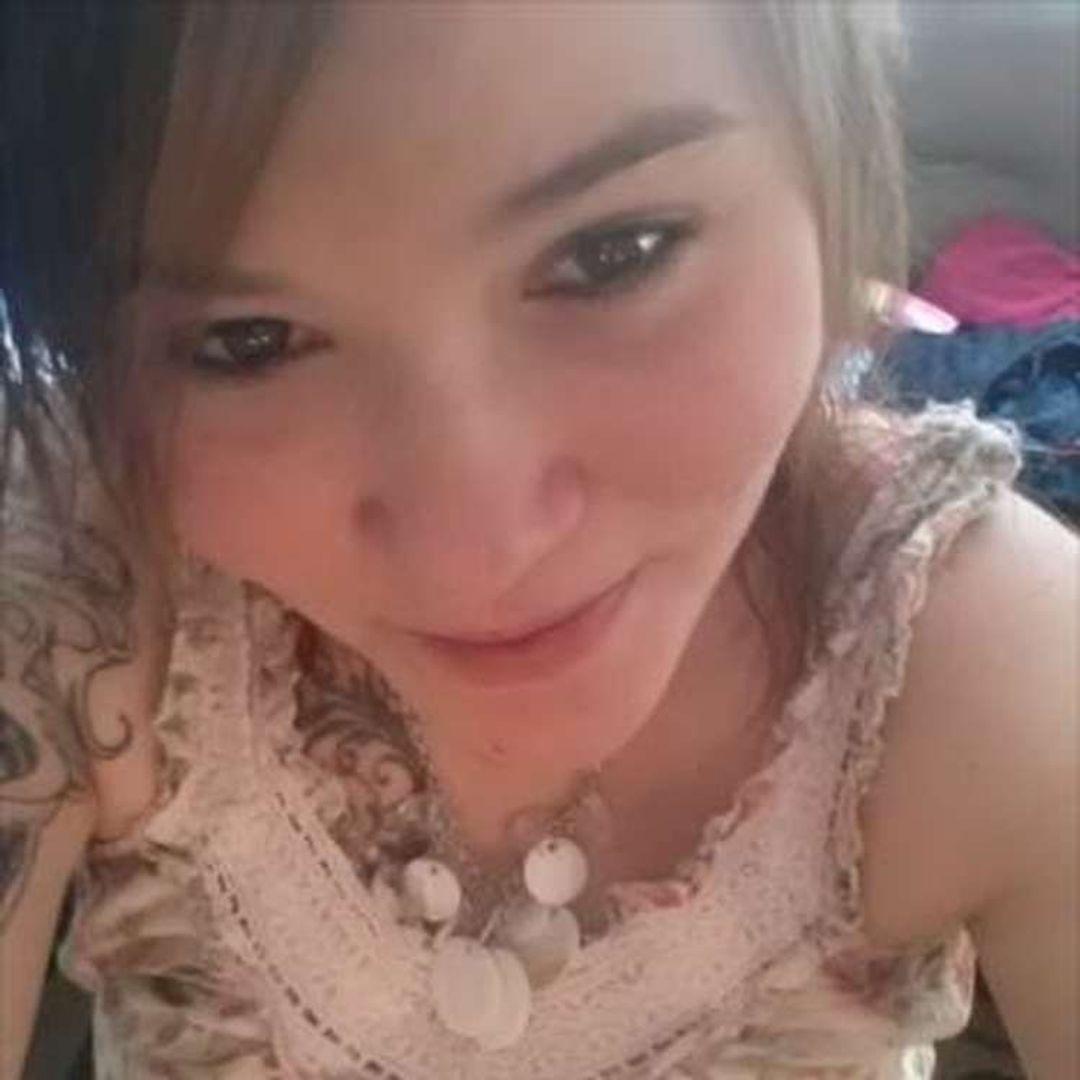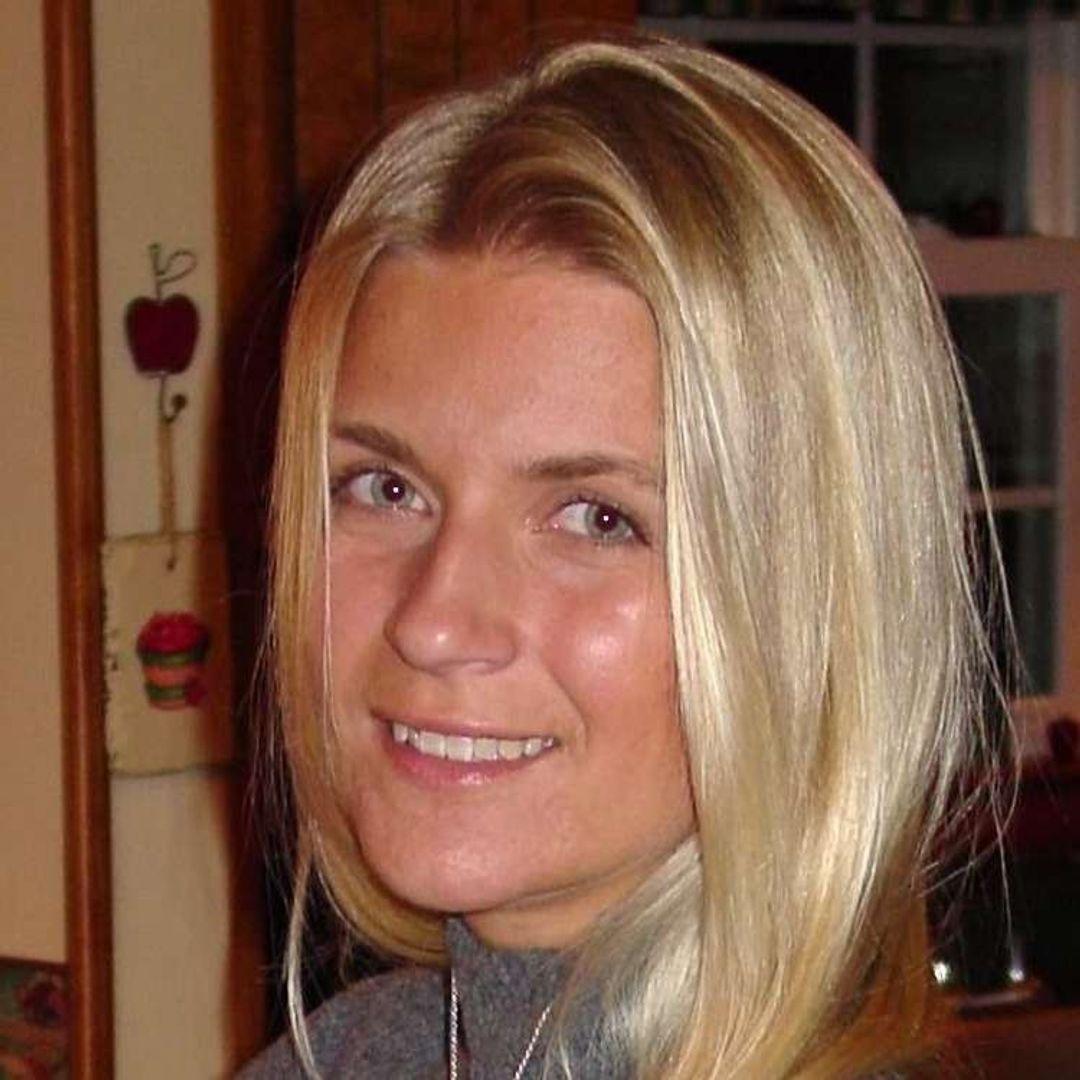Titanic Belfast. Opened in 2012. The design of the museum recalls the bows of ships, built to the same height as Titanics hull. 1 Olympic Way, Queens Road. DSC_0017
Returning from the County Antrim coast to Belfast, the coach let us off at the Titanic Belfast museum. RMS Titanic was built in Belfast as were her sister ships Olympic and Britannic. The Harland & Wolff shipyard is still here as is the basin where Titanic was constructed. Harland & Wolff builds wind turbines today. The corners of the museum are meant to represent Titanics bow and are scaled to size. This was a brief rest stop, though, no time to see the exhibits. Shortly we were back on the coach which took us to the Belfast City Hall. Free time to explore.
The city hall is in the center of the city. Some went to investigate the shops or pubs. Susan and I went into the city hall. Belfast history is told both in a dedicated exhibit and in the memorials and stained glass windows that are a part of the city hall fabric. Stained glass panels recount the Famine, World War I and the recent history of Belfast. Exhibits tell of the opposition to Irish that so many Ulstermen supported in the years leading up to the partition of the Republic and Northern Ireland in 1921. Contemporary
Titanic Belfast. Opened in 2012. The design of the museum recalls the bows of ships, built to the same height as Titanics hull. 1 Olympic Way, Queens Road. IMG_2542
Belfast natives of note such as Van Morrison and soprano Heather Harper are celebrated. On the grounds of city hall are a Titanic memorial and a war memorial cenotaph.
Back aboard the coach, our driver was now going to take us to a more troubled area of the city. Although there had been peace since the Good Friday Agreement of 1998, tensions remain high in Belfast. The coach drove to the traditionally Catholic Falls Road neighborhood. In the Falls Road were the International Murals depicting world figures who have been involved in liberation struggles. The Garden of IRA members and civilians killed during The Troubles. Graffiti on buildings gave evidence that representatives of the British government are still not here. The Paddywagon Tours driver was reluctant to venture into a Protestant neighborhood with his green motor coach and Republic of Ireland license plates.
